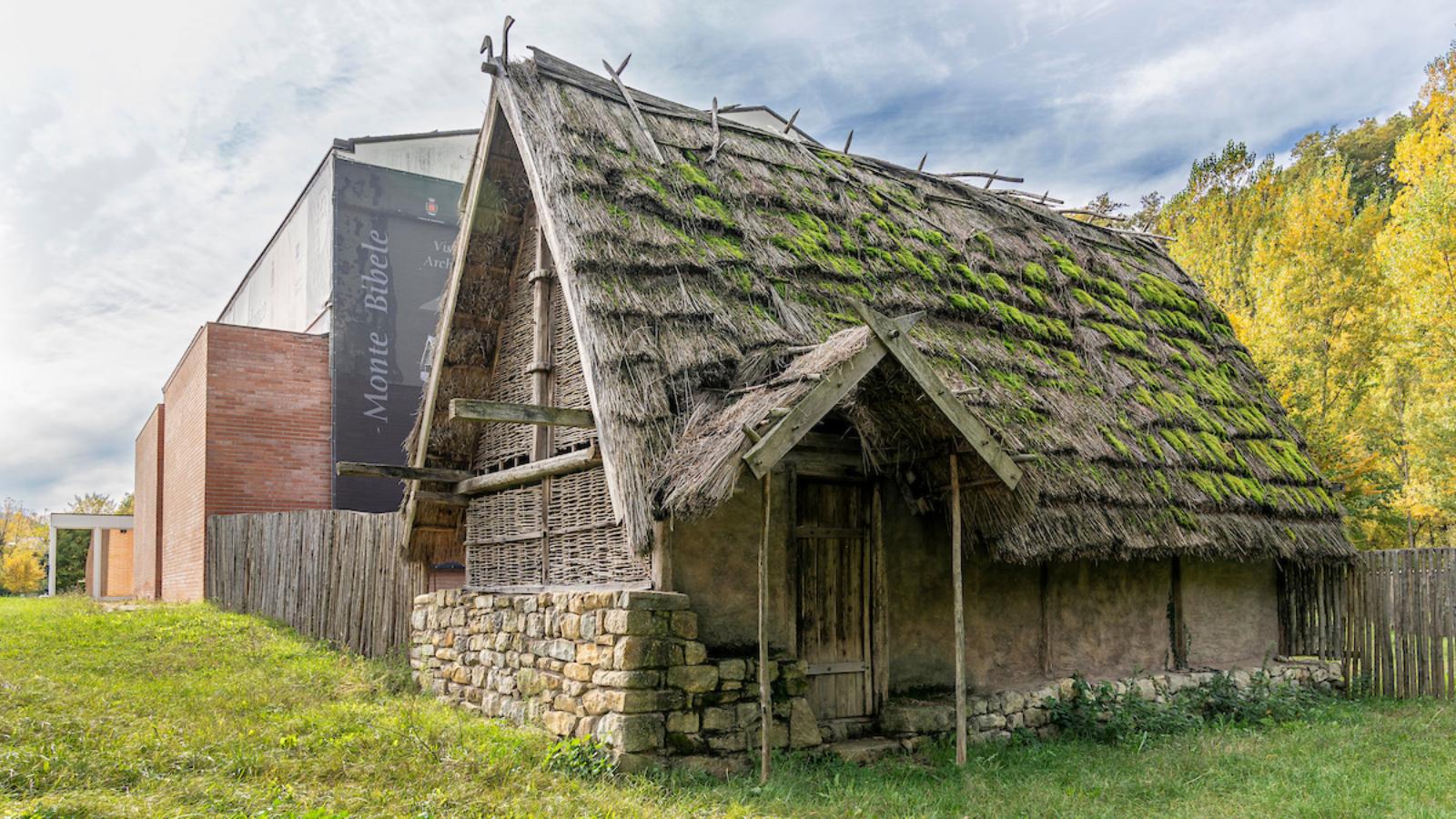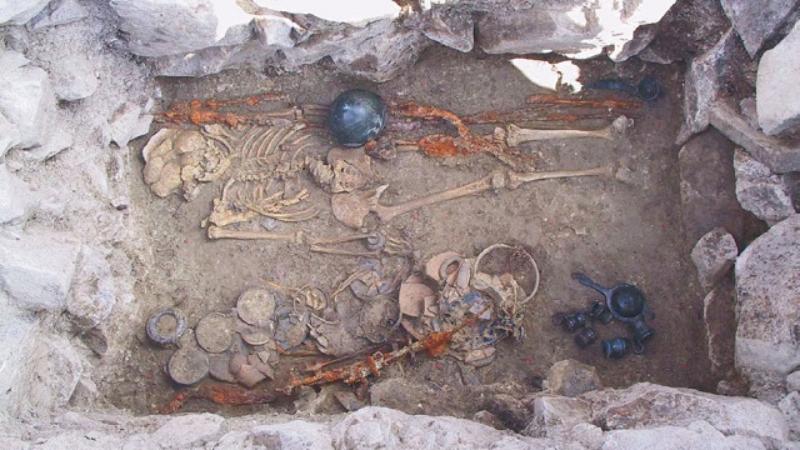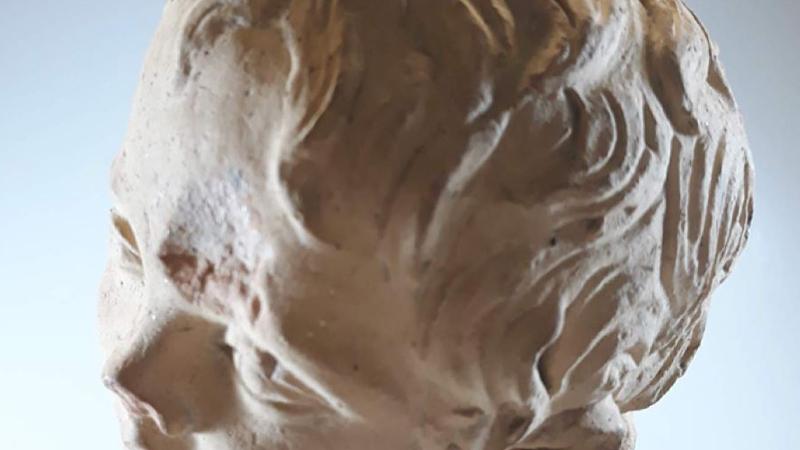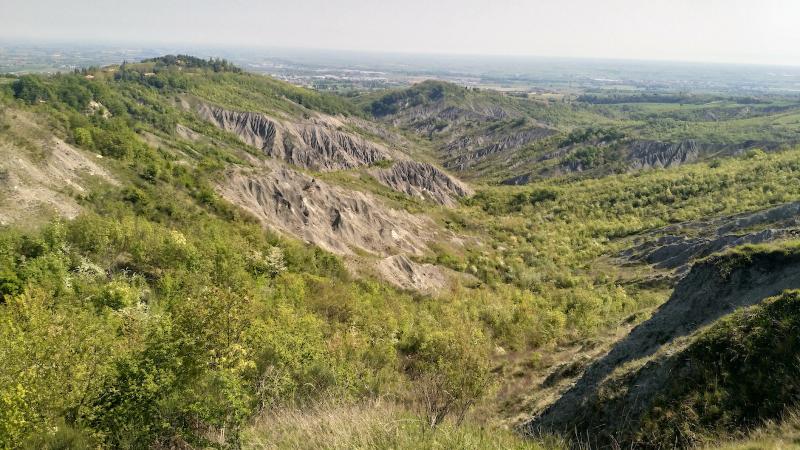The archaeological museum is named after the Bolognese pioneering pre-history researcher and historian Luigi Fantini. It started out following the discovery of the pre-Roman settlement on
Monte Bibele, around the village of Monterenzio. The earliest findings were dug up during World War II when German soldiers, settled along the Gothic Line, found some skeletons; the skeletons turned out to be part of the cemetery of ancient locals that had lived around Monte Bibele between the middle of the V century and the beginning of the II century BC.
The museum was opened on July the 8th 2000 and documents the life of people living in the valley of the rivers Idice and Zena; it displays objects that have been found since the ‘80s during excavation campaigns in the Etruscan-Celtic settlements around Monte Bibele.
The museum has the richest collection of Celtic findings in the region and is one of the most important also at national level; it features the reconstruction of the wooden structure of a house from the area of Pianella on Monte Savino, with furniture and objects, original as well as reproductions, documenting the everyday life of local communities in the past.
The museum is run in collaboration between the municipality of Monterenzio and archaeologists of the University of Bologna; it hosts research and didactic workshops curated by the departed of archaeology. There is also a room for school workshop.
The Museum is managed by the Arc.a Monte Bibele a.p.s. Association, whose mission is to support the defense of the historical archaeological heritage of the Bologna Apennines.





